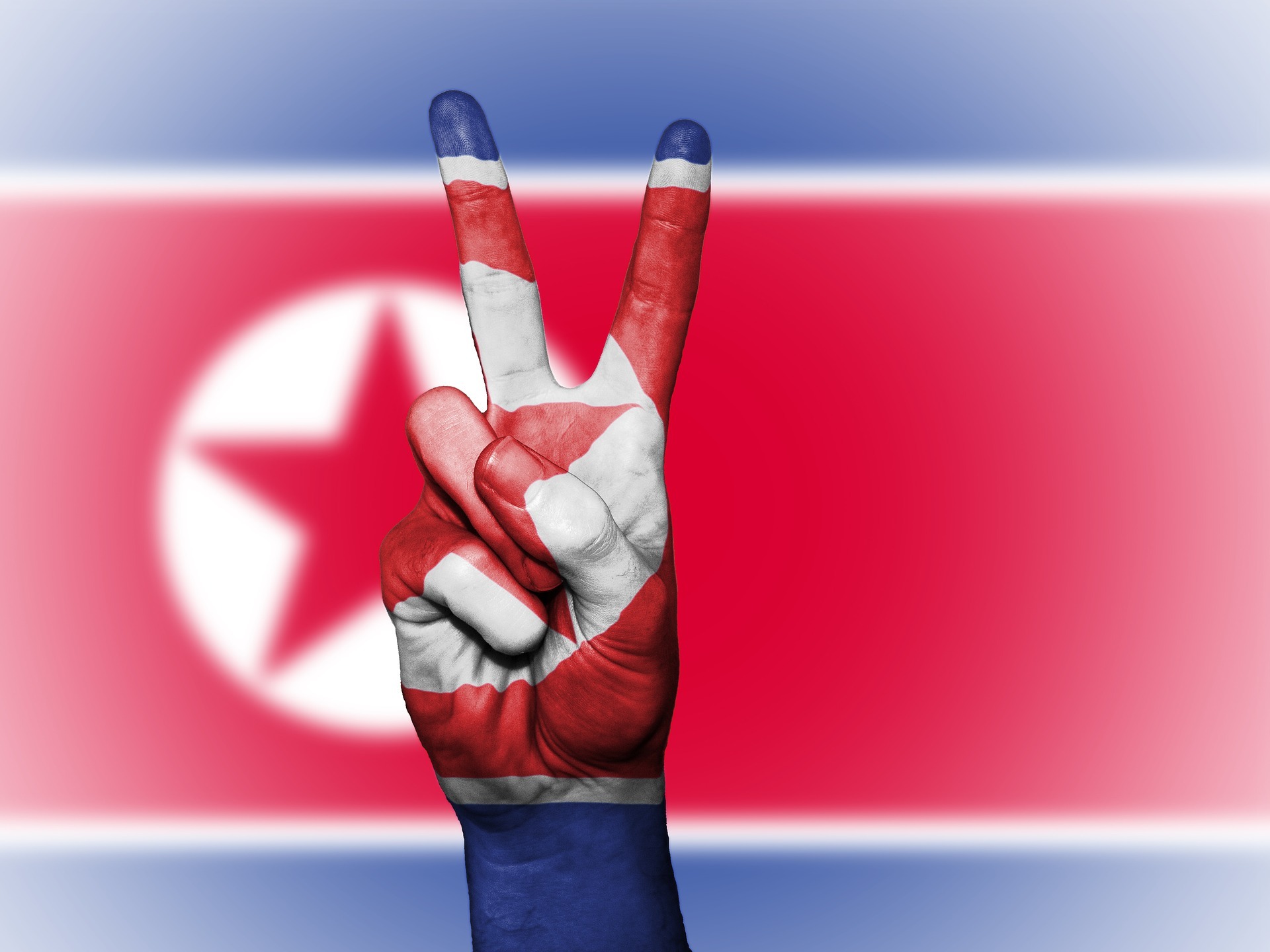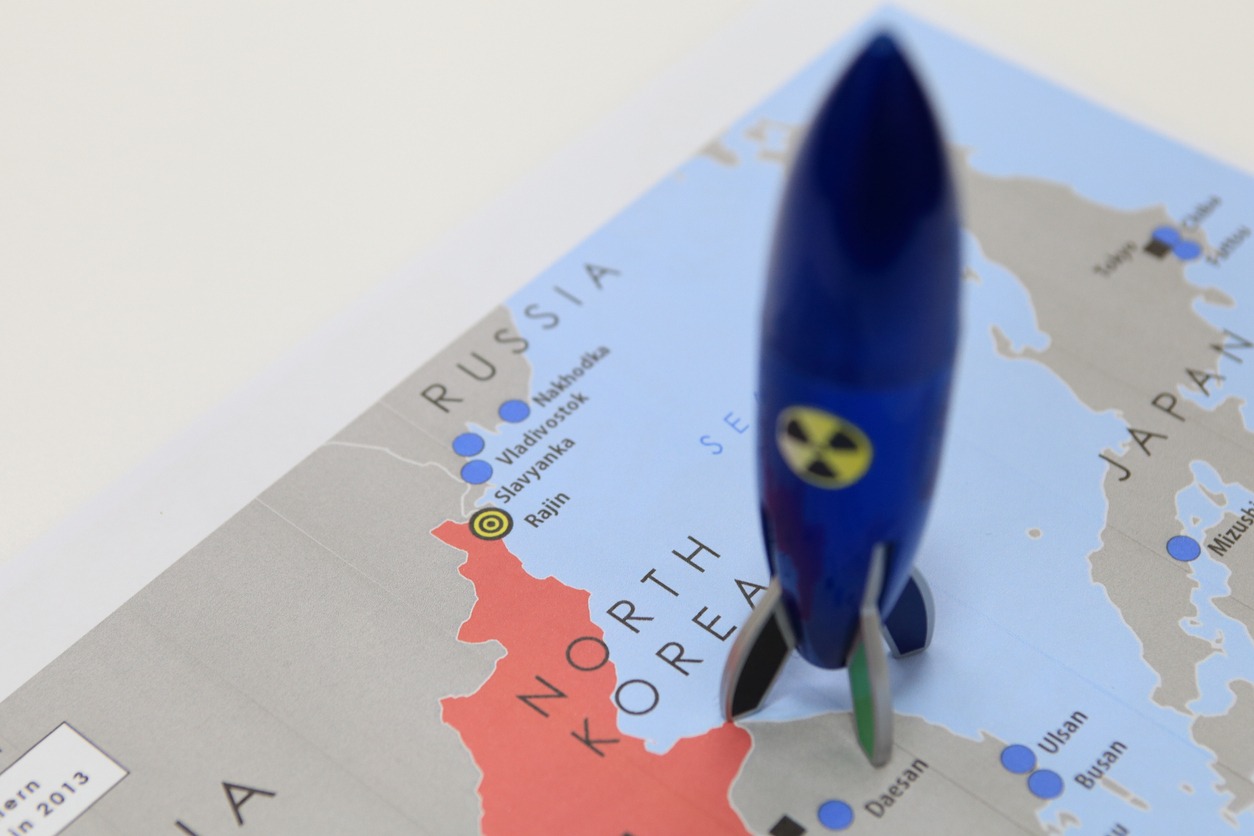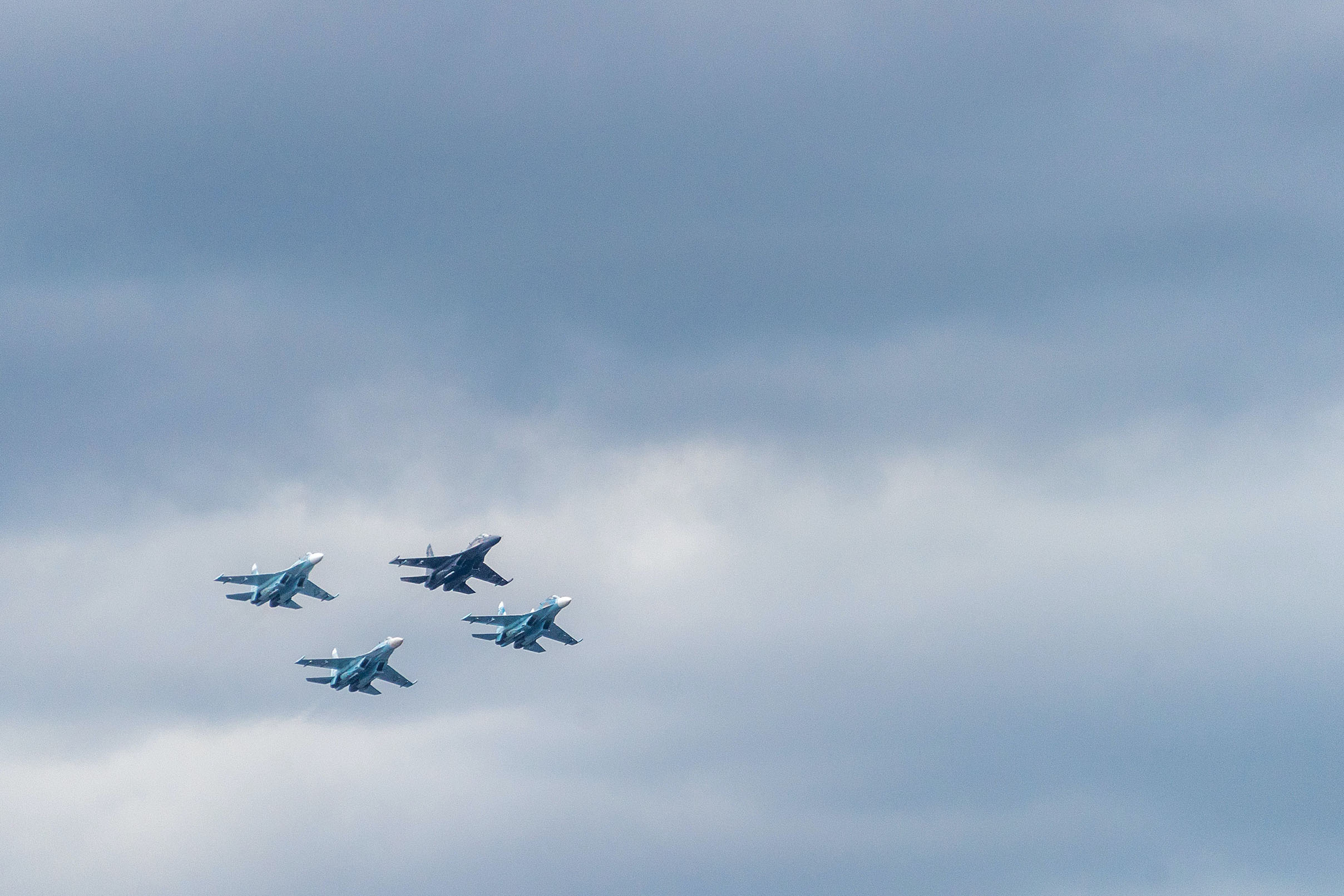Dealing with the DPRK Nuclear Challenge: Exploring the Options
APLN Policy Brief 44
The following is a summary. Click on the adjacent link to download the full brief.
Washington holds that “all options are on the table” in dealing with North Korea’s nuclear and missile challenge. While there are dozens of variations on the theme, there are really only four categories of options in dealing with Pyongyang. The two extremes – regime acceptance and regime removal – need to be set aside, at least for the time being. This leaves regime transformation – “bringing Kim Jong-un to his senses, not to his knees” as one American admiral put it – or regime destabilization through non-military means. Washington, through at least four previous administrations, has been trying to transform the regime. But neither the incentives nor the consequences have thus far been sufficient to persuade Pyongyang to give up its nuclear ambitions. UN Security Council Resolution 2371 represents the first real attempt to make the consequences severe enough to bring the North back to the negotiating table, where it’s been suggested that economic incentives will be provided if denuclearization proceeds. But it remains to be seen if they, unlike previous iterations, will be vigorously enforced by all parties. If not, regime destabilization or regime change via non-military means may become the least worst option short of acquiescence or war.
About the Author
Ralph Cossa (ralph@pacforum.org) is President of the Pacific Forum CSIS, a Honolulu-based foreign policy research institute affiliated with the Washington-based Center for Strategic and International Studies.
Image: Pixabay stock, David Peterson.




